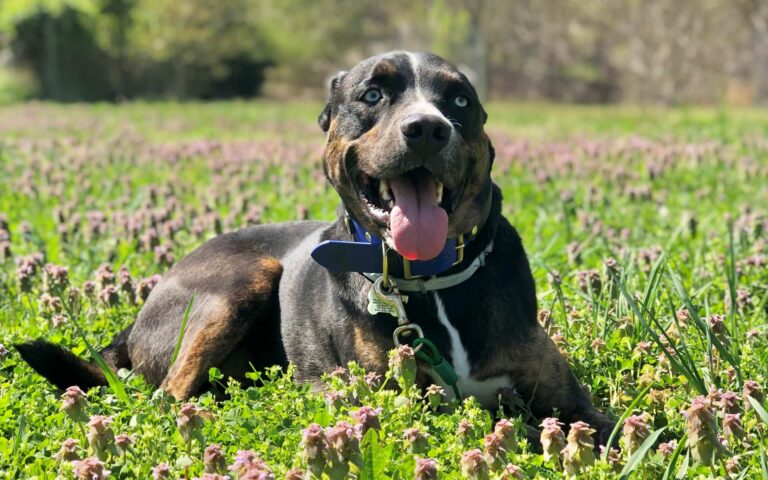Antibiotic Use
ANTIMICROBIAL THERAPY FOR VETERINARY DENTAL AND ORAL SURGICAL PROCEDURES
The use of antimicrobial drug (AMD) therapy by veterinarians after oral/dental procedures is a very common practice. In most cases this use is not necessary. A major concern is the emergence, spread and high prevalence of multidrug-resistant pathogens. This is believed to be associated with the frequent use of antibiotics (1). Stewardship practices for antibiotic use in companion animals is needed to slow the emergence and spread of resistant bacteria among humans and animals (1). It is recommended that every veterinary medical record include a justification for antibiotic use in an animal (2).
Important general principles for antibiotic use at Animal Dentistry and Oral Surgery:
Antibiotics do not distinguish between “good” and “bad” bacteria. Therefore, the adverse effects caused by taking antibiotics are often more severe than the benefit received from them. Additionally, the body can take a very long time to recover from even a short course of antibiotics.
- Plaque is a biofilm, and most oral infections stem from plaque. The biofilm protects organisms from antibiotic attack. For that reason, concentrations of antibiotics may have to be up to 1000X higher to be effective against biofilms.
- Although periodontal disease is caused by the body’s reaction to bacteria, antibiotics should never be part of a treatment strategy (3). The mechanical disruption of plaque (dental scaling/polishing) is needed to obtain effective results.
- Because of the excellent blood supply, wound healing in the oral cavity is rapid and uncomplicated. Therefore, infectious complications are uncommon.
- Antibiotics are occasionally recommended for patients with existing medical conditions. Patients with compromised immune systems may be at higher risk for bacterial complications. These include patients undergoing chemotherapy, those on immunosuppressive therapy, those with poorly controlled diabetes, or those that have other debilitating diseases (4,5).
- Oral surgery cannot be considered sterile.
- Antibiotics are indicated for most patients with local and systemic signs of established infection (i.e. pain, swelling, pus formation, lymphadenopathy and elevated WBC).
- There is currently no scientific support for the previously held belief that there is an association between bacterial endocarditis and either dental/oral surgical procedures or oral infections in dogs (5).
- The American Heart Association only recommends antibiotic prophylaxis for dental procedures as being reasonable for patients with prosthetic cardiac valves, previous infectious endocarditis and some forms of repaired congenital heart diseases (all of which are very uncommon in animal patients)(6).
- Postoperative oral antibiotics are not routinely recommended for patients undergoing extractions (5).
- Locally delivered antiseptics/antibiotics may be very beneficial. 0.12% chlorhexidine gluconate is considered the “gold standard” of topical antibacterials. This agent binds to teeth, oral mucosa, pellicle and saliva. It binds to and damages bacterial cell membranes (bacteriocidal).
References:
- Baker, S.A., Van-Balen, J., et al. Antimicrobial drug use in dogs prior to admission to a veterinary teaching hospital. JAVMA, 2012;241.
- AVMA website. Guidelines of veterinary prescription drugs.
- Radice, M., Reiter, A. Evaluation of Subgingival Bacteria in the Dog and Susceptibility to commonly used Antibiotics. J. Vet. Dent, 2006;23.
- Tong, Darryl C. Antibiotic Prophylaxis in Dentistry. J. Am. Dental Assoc. 2000;131.
- Verstraete, Frank JM. & Lommer, Milinda J. (editors). Oral and Maxillofacial Surgery in Dogs and Cats: Antibiotic use in oral surgery. Saunders-Elsevier 2012.
- Wilson, W., et al. Prevention of Infective Endocarditis: Guidelines from the American Heart Association. 2007;116.







